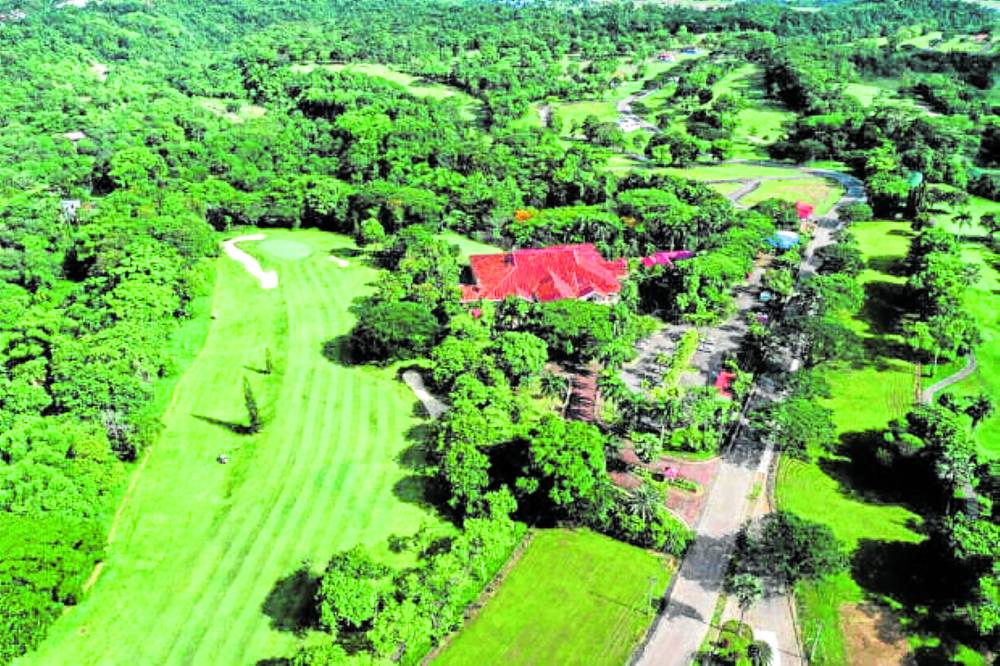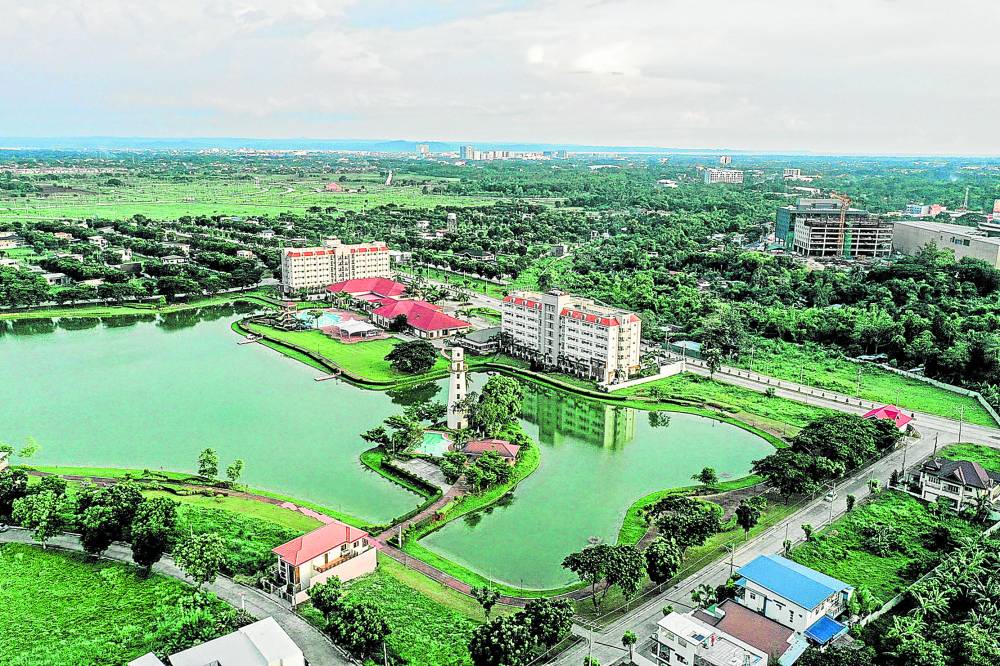Time to explore the ‘burb’ life
The suburbs, the “burbs” or the fringe areas have an image of being underdeveloped and just plain boring. But if we are referring to Metro Manila, the expanded National Capital Region, Cebu, Iloilo, Davao or Bacolod, that statement is further from the truth.
Choosing to live either in the fringes or city depends largely on individual preferences, lifestyles, and priorities. Both options have their advantages and drawbacks. However, if you want to see if the suburban lifestyle is for you, ask yourself these questions: Do you want a bigger home with a bigger garden for less money? Do you want a fresher and more peaceful environment? Do you want a slower pace of life? Would you want to move out of the city if there are rated schools and universities in the suburbs? Do you want to come home to nature?
If you said yes to any or all of these questions, the suburban lifestyle is probably the best option for you. Here are some of the potential advantages and benefits that you can look forward to when living in the ‘burbs’.
Affordability
Housing communities in the suburbs or outskirts are often more affordable compared to properties located in city centers or established neighborhoods. The cost of land tends to be lower, allowing for more spacious homes or larger lots at a lower price point.
Tranquility and space
Fringe communities are often characterized by a quieter and more peaceful environment, away from the hustle and bustle of city life. They typically offer more open spaces, green areas, and less congestion, providing residents with a sense of calmness and a closer connection to nature.
Lower density
Housing communities outside city centers generally have lower population densities compared to urban centers. This can result in more privacy, open spaces, a more walkable area, larger gardens, and a less crowded living environment overall.
Enhanced quality of life
Residential communities outside highly dense urban zones offer a higher quality of life due to the availability of larger homes, spacious parks, playgrounds, and recreational facilities. Residents may enjoy closer proximity to natural landscapes, biking trails, open parks and outdoor activities, which can contribute to a healthier and more active lifestyle.
Access to nature
If you happen to invest in wooded areas, residents will have easier access to features such as natural habitats, rivers or even mountains. This can be particularly appealing for individuals who enjoy outdoor activities like hiking, biking in natural terrains, or simply spending time in nature.
Potential for growth
Communities outside cities often have room for expansion and future development. As cities expand outward, these areas may experience increased infrastructure development, improved transportation networks, and the establishment of new amenities like schools, shopping centers, and healthcare facilities.
Reduced pollution and traffic
By residing in the fringes, residents can potentially avoid the high levels of pollution and traffic congestion typically experienced in densely populated urban areas. This can lead to a healthier living environment and shorter commute times for those who work in the city but choose to live in the outskirts.
Drawbacks
However, it is important to consider potential drawbacks as well, such as longer commuting distances, limited access to certain urban amenities, and the need for reliable transportation options. The transportation system in the country is decrepit and many roads are in a state of disrepair.
Thankfully there are some developers that provide dedicated point-to-point transportation that conveniently ferries residents from their communities to central business districts. Additionally, the advantages and disadvantages can vary depending on the specific location and infrastructure available in the fringes of a particular urban area.
Life in the ‘burbs’
Ultimately, the better option depends on individual preferences and priorities. Consider factors such as lifestyle, career aspirations, access to amenities, proximity to nature, budget, and personal values when deciding between city living or living in the fringes.
Some individuals may prefer the convenience and excitement of the city, while others may prioritize affordability, space, and a quieter environment in the fringes.
If it were up to me, life outside the city is something I yearn as I inch closer to my age of retirement.
The author is an executive director of W+B Advisory Group



